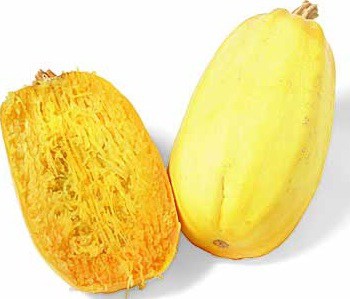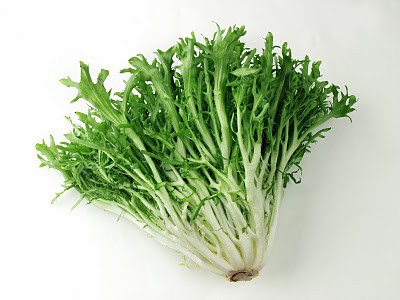The runner bean is often called the scarlet runner bean since most varieties have red flowers and multicolored seeds, though some have white flowers and white seeds. Runner beans have also been called “Oregon Lima Bean”.and in Nahuatl “ayocotl” or in Spanish “ayocote”. It differs from the common bean in several respects: the cotyledons stay in the ground duringgermination, and the plant is a perennial vine with tuberousroots (though it is usually treated as an annual). This species originated from the mountains of Central America.
The green pods are edible whole but in some varieties (the scarlet runner) tend to become fibrous early, and only the seeds within are eaten. The seeds can be used fresh or as dried beans. The starchy roots are still eaten by Central American Indians. In the UK, the flowers are often ignored, or treated as an attractive bonus to cultivating the plant for the beans, whereas in the US the scarlet runner is widely grown for its attractive flowers by people who would never think of eating it.
Health Benefits of Runner beans
- Prevents Osteoporosis. Runner beans are an excellent source of vitamin K which is very important for bone health and prevents bone damage. If there is vitamin K deficiency in the body, there will be higher risk of bone fractures. The vitamin K content in the body can be raised by consuming vitamin K rich foods such as runner beans.
- Diuretic Effect. Runner beans have strong diuretic property. Thus, it helps in urine stimulation and eliminates body toxins.
- Relieves Eczema. Runner beans can be made into powder form and the powder is sprayed on the eczema affected skin areas. It helps in relieving the itching and dries the skin.
- Low Glycemic Index. Runner beans have a very low glycemic index of 15 compared to other foods.

